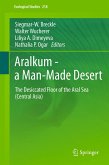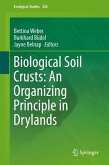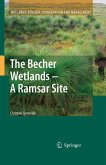Dieser Download kann aus rechtlichen Gründen nur mit Rechnungsadresse in A, B, BG, CY, CZ, D, DK, EW, E, FIN, F, GR, HR, H, IRL, I, LT, L, LR, M, NL, PL, P, R, S, SLO, SK ausgeliefert werden.
"This book presents the results of fieldwork carried out in the western section of the Guayana Highlands between 1992 and 1996. ... The book has 9 chapters covering geology, geomorphology, vegetation and soils of the tepui summits (table mountains) of the Guayana Highlands of southern Venezuela ... . this book is a fascinating read and is recommended as a major source of information on a little known and hardly understood peatland ecosystem." (Jack Rieley, Erdkunde, Vol. 66 (4), 2012)









